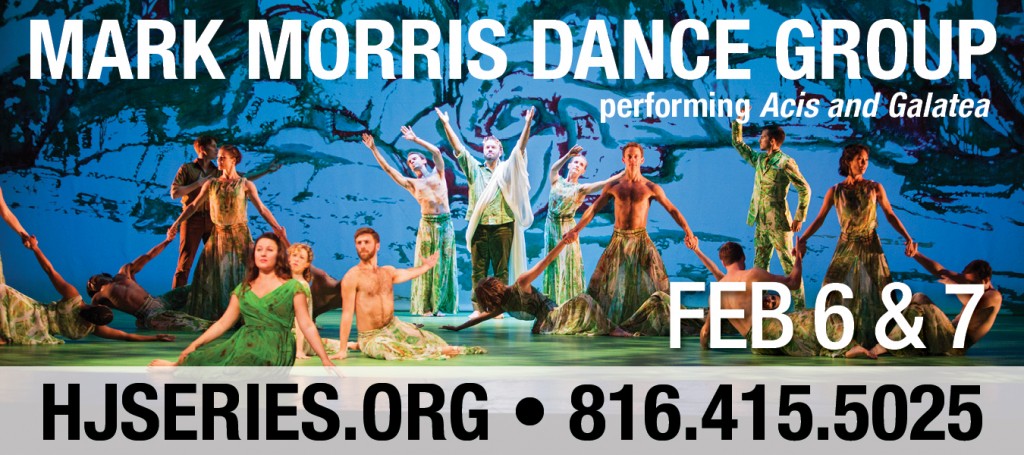LAST LAUGH: Performance suggests that a composer’s final thoughts are his best—or are they?
By Paul Horsley
Composers throw us a curve ball when they drastically revise works and leave the original for us to mull over alongside the new version. Of course there’s nothing that classical listeners love more than to debate the relative merits of the results: Dresden Tannhäuser, or Wagner’s more elaborate Paris/Vienna version? Bruckner’s original symphonies, or the revisions he made on the advice of well-meaning friends? Mahler’s First Symphony with the extra Blumine movement, or as he last conceived it?
In few instances is this dilemma as intriguing as with Rachmaninoff’s Second Piano Sonata, which the Russian pianist-composer finished in 1913 and vigorously rethought 18 years later. What was initially an intricately virtuosic showpiece became, in 1931, an effervescent, almost fun-spirited romp—and one of the most beloved of Romantic piano works. But eventually some pianists took renewed interest in the earlier version, most notably Van Cliburn and, more recently, Park University’s Stanislav Ioudenitch (himself a Cliburn Competition winner), who made a strong case for the 1913 version here last season.
Stanislav’s performance renewed my interest in the conceptually more difficult original. But on January 24th pianist Yun-Chin Zhou brought fresh, unfussy exuberance to the later version, in a lovely Kansas City debut courtesy of the Harriman-Jewell Series’ Discovery series that also included music by Haydn, Liszt, Ravel and the 20th-century composer Charles Trenet. In the end, of course, we need both versions: Why force a decision? While the 1913 publication requires vast maturity to make its out-of-scale virtuosity seem “musical,” the 1931 piece exerts its impact through muscularity, directness, clarity of themes, and a more distinct dramatic line. Of course this doesn’t just happen by itself, and the 25-year-old pianist from Shenyang, China worked very hard to make it seem effortless.
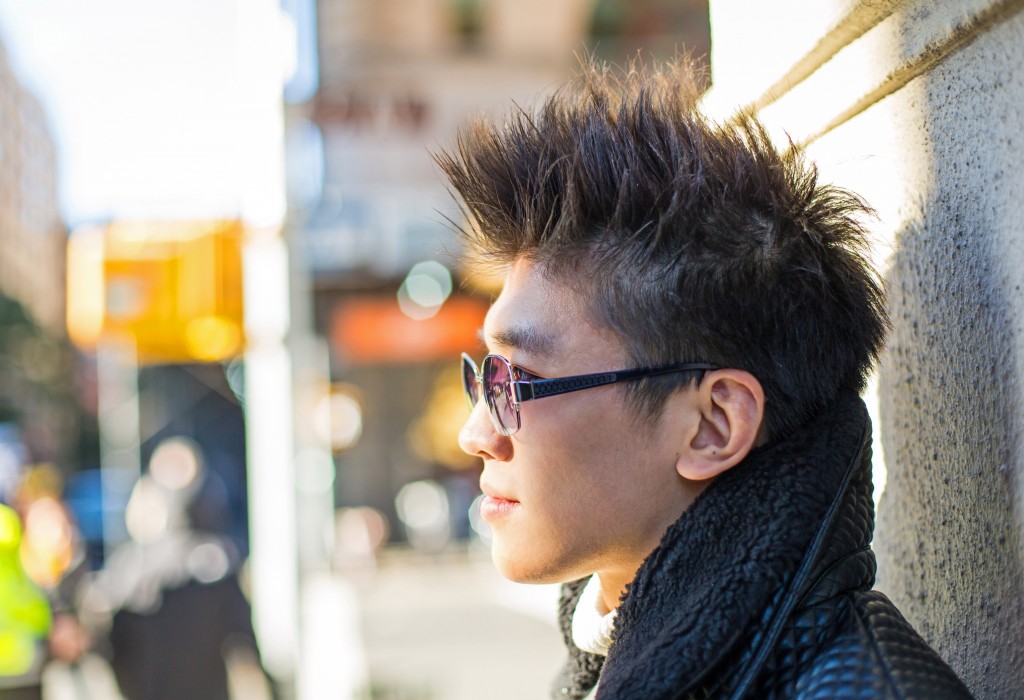
Yun-Chin’s Haydn E-flat Sonata (Hob. XVI: 49), written for London in the composer’s full maturity, was similarly direct and uncluttered, a tad underpedaled perhaps and at times yearning for wit, but musically honest in tempo and scope. (What a rare treat it is to write, of a modern-piano performance of Haydn, that it wasn’t overpedaled.) He could easily have played the first repeat in the opening Allegro, in fact it’s probably a good exercise for a young pianist—to tackle the challenge of trying to “vary” the initial statement. But considering how hard it is to open a recital with such a subtle, unflashy piece, one had to admire the simple lyric gifts that were present throughout this 1794 gem.
From the back of the Folly Theater’s acoustically problematic ground floor I had a hard time hearing whether there was much real fortissimo in the thunderous moments of Liszt’s Bénédiction de Dieu dans la Solitude. (I moved to the balcony for the program’s second half.). But more than that, I missed a sense of drama and assertiveness in the work’s tensile, operatic melodies. The reprise of the opening, which should sound like an event, had a plainness that a more “pinging” melody might have remedied.
Ravel’s La Valse was brisk and crystalline in its conception, rather than lumbering and overwrought as it often is. The big Johann Strauss, Jr. breakout—when the veil parts and the waltz springs forth for all to “cut the rug” to—could have been more assertive, but overall I found Yun-Chin’s take refreshing. Also convincing were the Six Chansons by French composer Charles Trenet, jazzy character pieces arranged by Alexis Weissenberg to show off a style that ranges from bored cocktail pianist (“En avril, à Paris”) to something between Oscar Peterson (“Boum!”) and Art Tatum (“Vous oubliez votre cheval”).
Still, the Rachmaninoff was the aspect of this show I will remember most, with its stately opening “Charge!” to its tender slow movement. Yun-Chin’s phrasing and articulation in the finale seemed just right to my ears—boisterous without becoming aggressive, technically footsure but with a firm musical grasp. And speaking of the Waltz King, the sole encore was Grünfeld’s Soirée de Vienne, a notey mashup of Johann Strauss tunes tossed off with good-natured charm and passable technical prowess.
To reach Paul Horsley, performing arts editor, send email to phorsley@sbcglobal.net or find him on Facebook or Twitter (@phorsleycritic).
For information about upcoming Harriman-Jewell Series concerts go to hjseries.org or call 816-415-5025.
[slider_pro id=”2″]
[slider_pro id=”3″]
Features
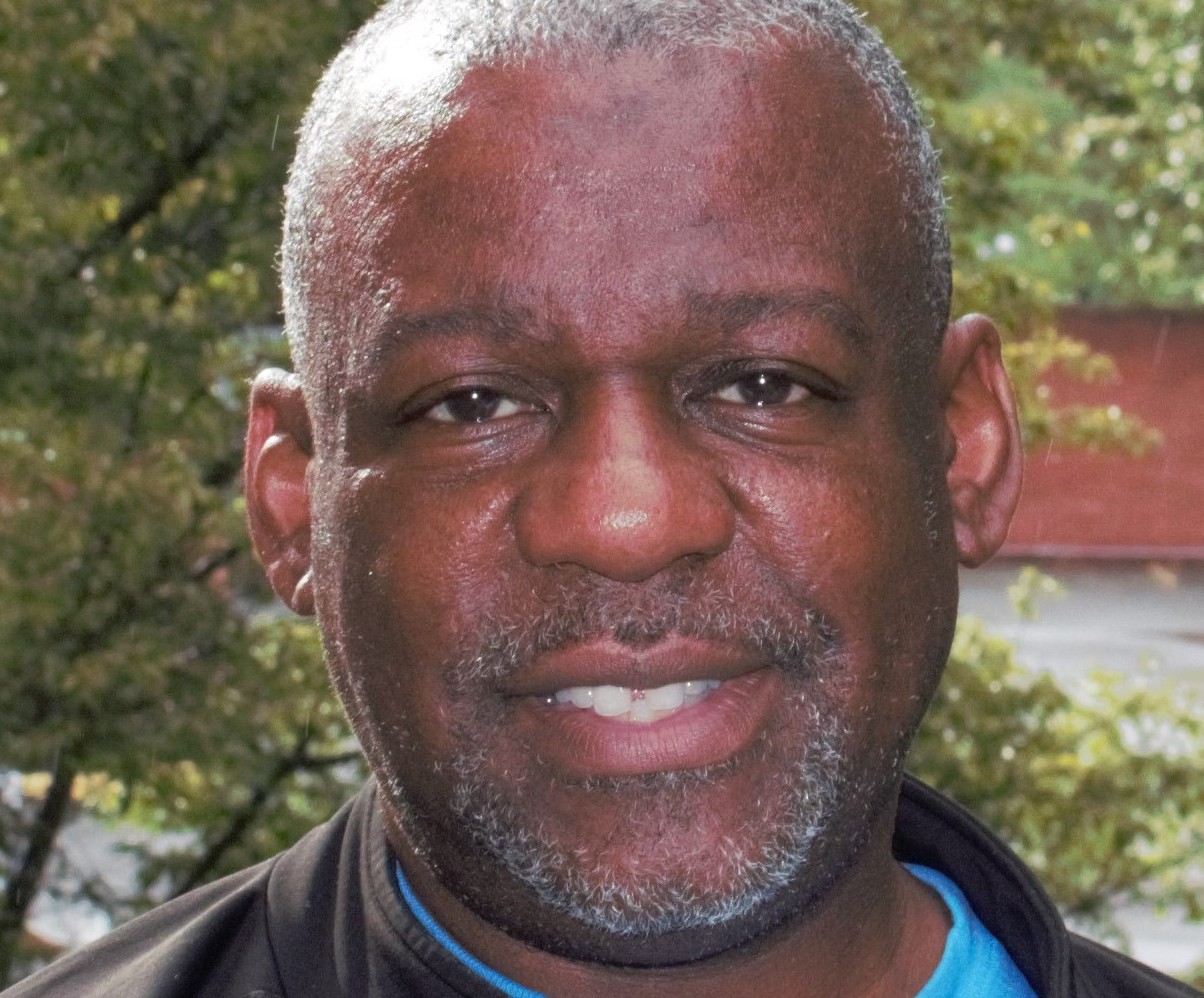
Tyrone Aiken danced prodigiously as a youth, trained at The Ailey School as a young adult, worked as a professional dancer at the height of the New York dance ferment,…
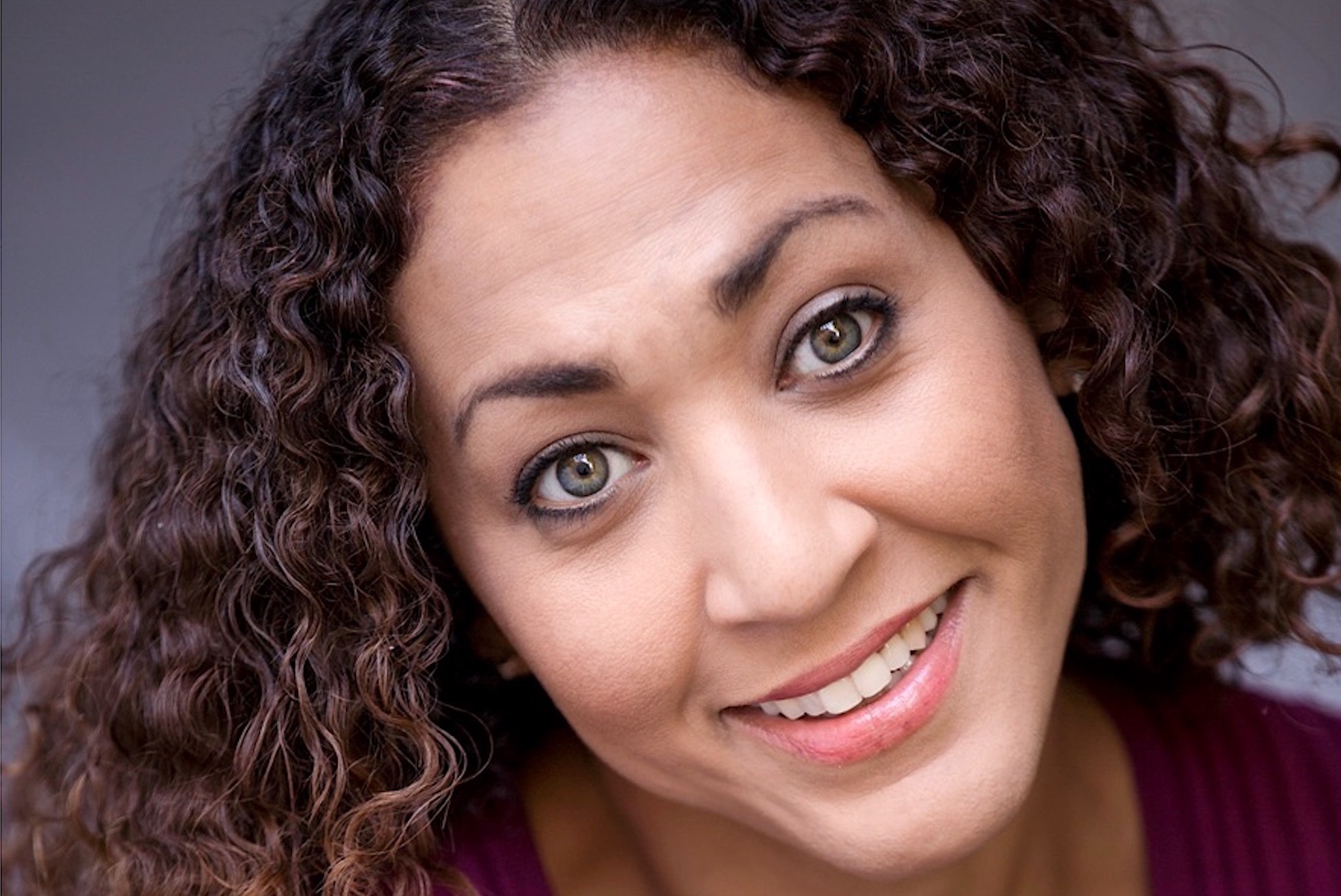
CAROLINE DAHM Dancer, choreographer, producer, master teacher, adjunct dance professor at The UMKC Conservatory, assistant director at Wylliams/Henry Contemporary Dance Company What I love about the Kansas City performing-arts scene: Kansas…
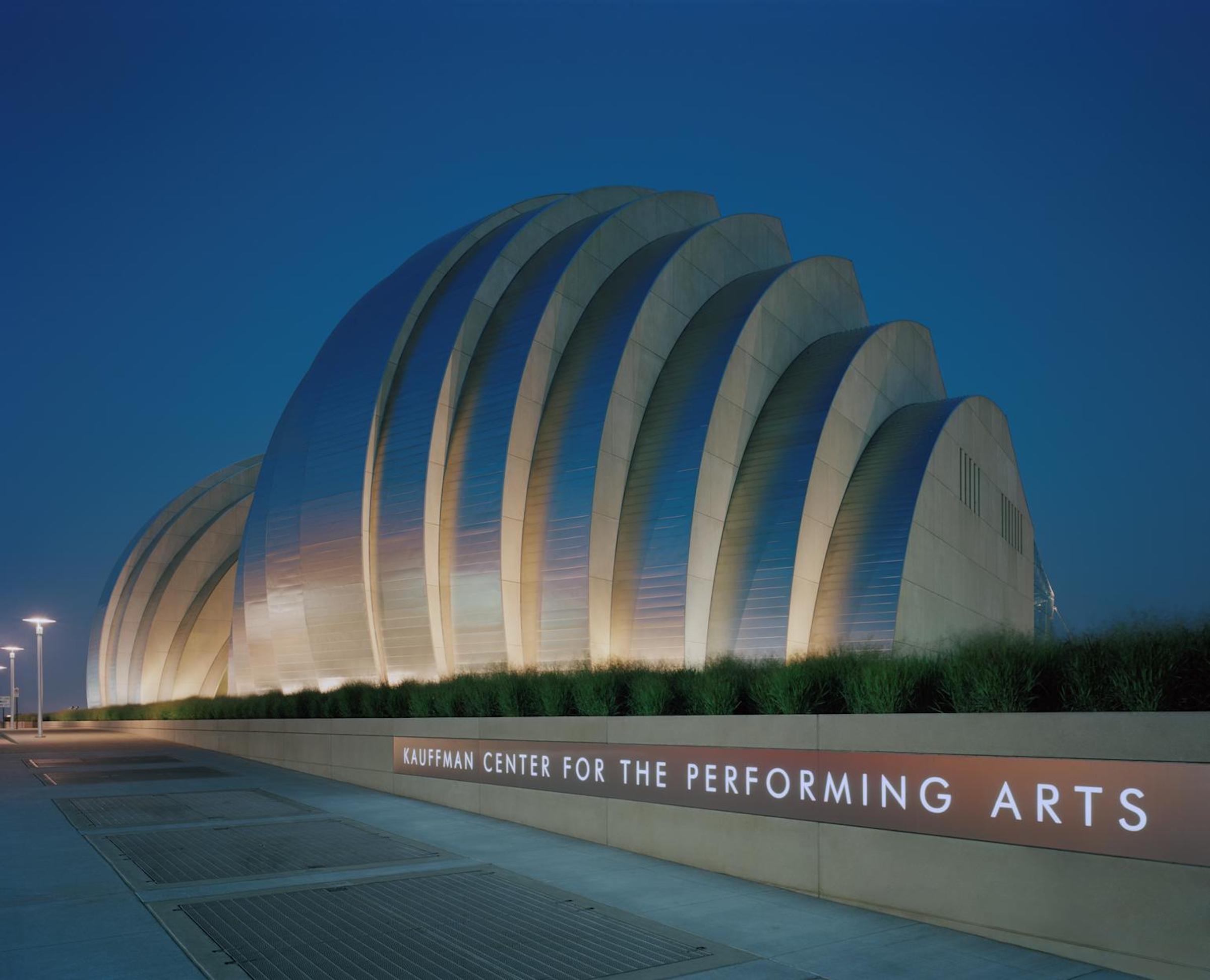
It’s difficult to remember what the Kansas City skyline looked like 20 years ago, before the Kauffman Center for the Performing Arts began to take shape at 16th and Broadway.…


